Next stop: smart charging
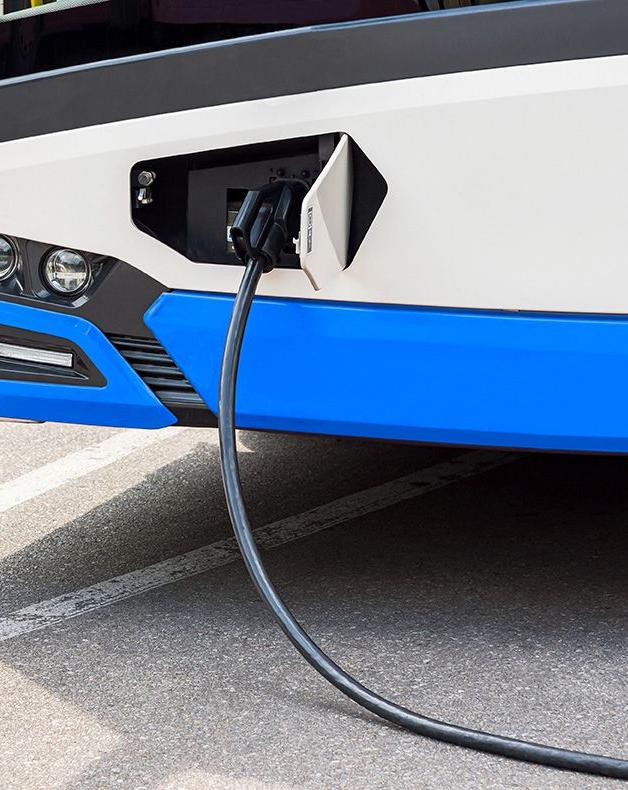
Maximum operational use at minimum charging costs for your electric bus fleet.

May we get on board and ride into the future with you?
Our ticket: expertise and the right technology. ChargePilot®, our smart charging and energy management system, ensures that you save costs for expensive expansion and peak loads.

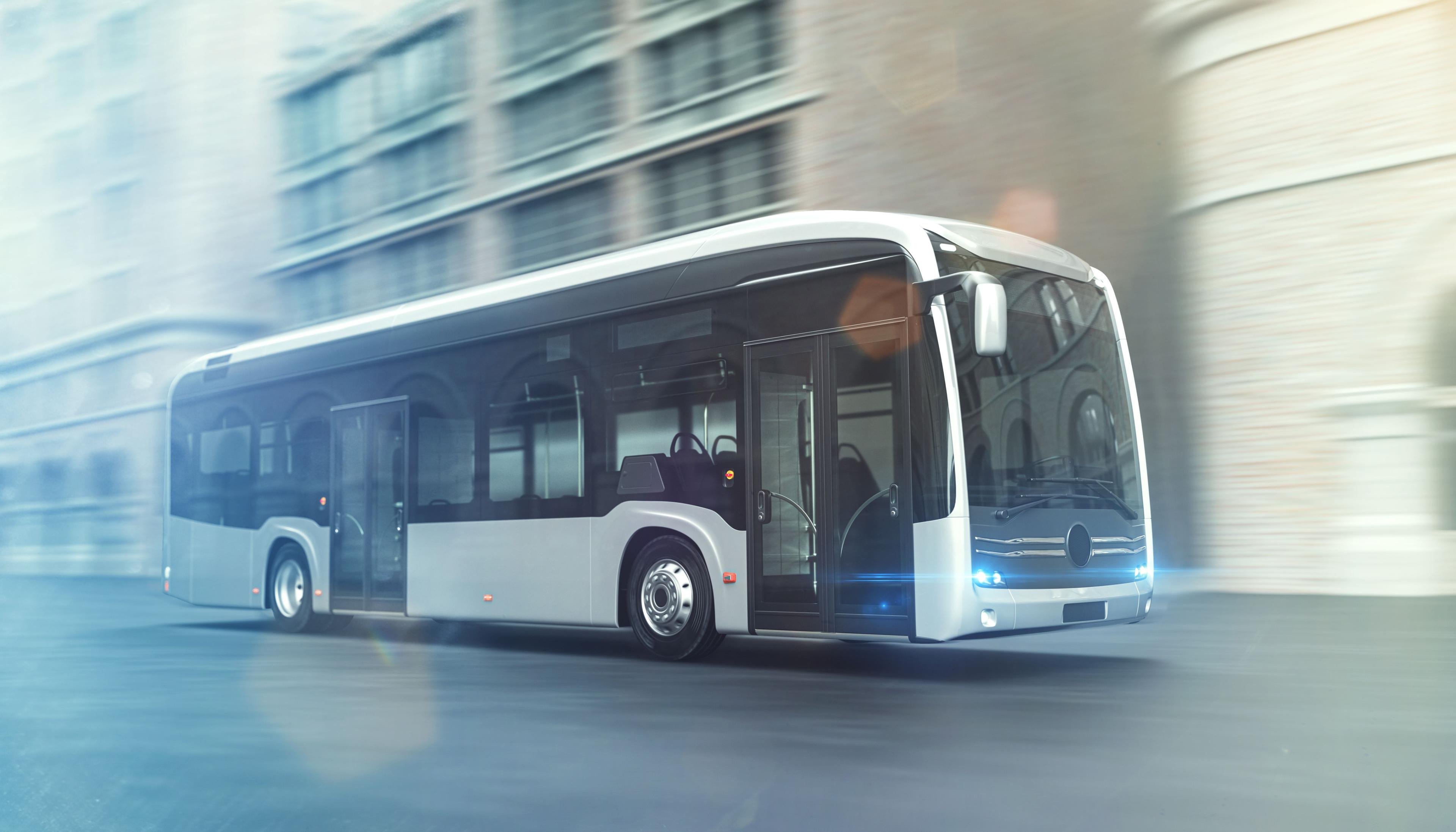
Benefits
Maximize the operational readiness of your fleet of electric buses
Rely on ChargePilot® for smooth bus services, all the while taking individual mobility needs into account.
The ChargePilot® controller is installed on site and controls charging locally – guaranteeing that buses will be charged reliably and intelligently at all times, even when the internet is down. The associated web app visualizes the charging processes in real time, offering control and the option of evaluating CO2 savings.
ChargePilot® can be combined with charging stations and software from different providers thanks to open interfaces, so the depot management solution can be connected too.
ChargePilot® maximizes uptime thanks to 24/7 remote monitoring, automatic error messages and remote starting. And, just in case, our support team is available to assist you ten hours a day, five days a week.

Minimize investment and operating costs
Make full use of the existing electrical infrastructure with ChargePilot®.
By making optimum use of the existing mains connection, ChargePilot® cuts the costs of installation and conversion work.
ChargePilot® optimally distributes the available power to the buses to be charged. For this purpose, all electricity consumers and generators (such as photovoltaic installations) and schedules can be used.
Even today, ChargePilot® can already charge your electric buses in a way that is beneficial to the grid or at low-price phases and will be able to achieve additional savings in the future due to bidirectional charging (V2G).

Benefit from both our technologies and our experience when charging your fleet of e-buses
We join you on your journey into the electric future.
Whether it’s used at one or multiple sites, and no matter how many buses you’d like to charge today or in the future—ChargePilot® grows with your needs.
We know every step of the fleet electrification process and have already successfully incorporated ChargePilot® in some of the world’s largest bus depots with more than 100 electric buses.
Not only do we cooperate with a variety of charging station manufacturers, software companies and installers, we know our way around the industry too. That makes us your perfect partner for all aspects of smart charging.

Whitepaper
For your connection to the futureWe know that electrifying a bus fleet is a major challenge for infrastructure and operations. In our whitepaper you will find answers to the most important questions, e.g. why the decision for charging and energy management should be at the beginning of your planning.
Why The Mobility House
With the right energy we can achieve a lotReferences
Success stories: Fleets of electric buses on their way towards the futureWe are happy to advise you and together we will find a charging solution that fits your electric bus fleet.
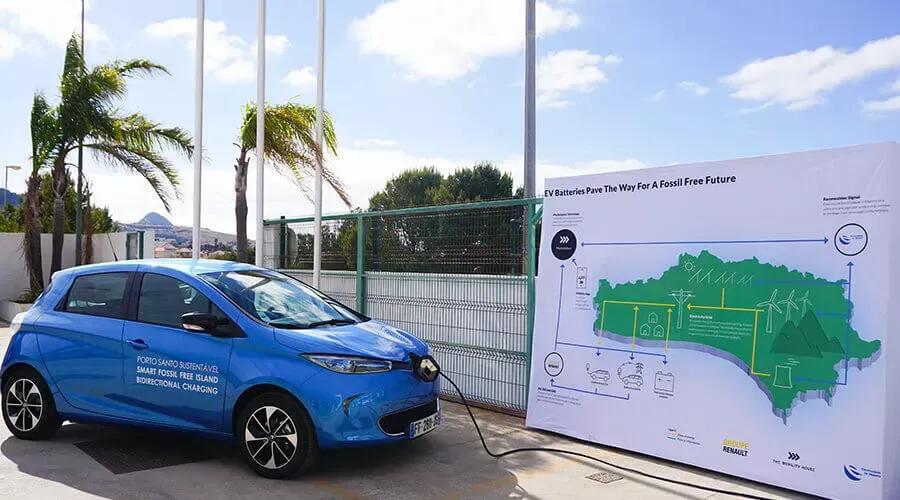
Blog
Vehicle-Grid-Integration (VGI or V2G) projects of The Mobility House: What coffee, an island and a football stadium have in commonOur energy future began with a cup of coffee. However, the electricity for this did not come from a distant power station – but from an electric car in the underground car park. In 2015 in the first German vehicle-to-grid (V2G) pilot project ever, the technology company used the battery of a Nissan Leaf as an additional energy source for the home network of its building.
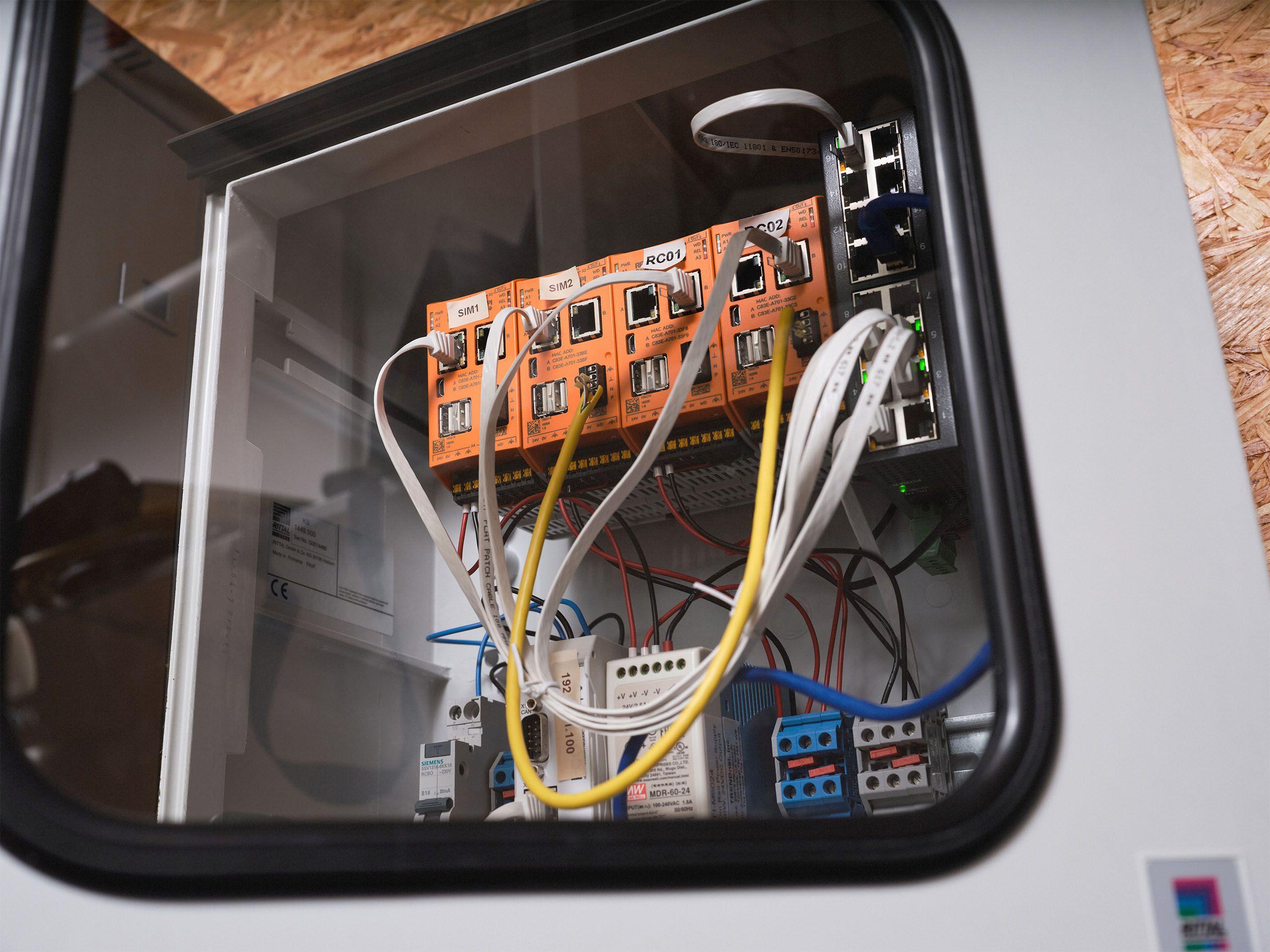
Blog
Data Security in Charging Infrastructure: Why Modbus is Negligent in Managing EV Charging Systems and Why OCPP is the Better ChoiceAs the world increasingly embraces electromobility, the need for secure and efficient charging systems becomes ever more critical. ChargePilot, a modern control system for charging electric vehicles, deliberately uses the Open Charge Point Protocol (OCPP) and avoids the insecure Modbus protocol. Data security in charging infrastructure is a central concern, as highlighted by recent studies and reports. A key principle in modern IT security is the Zero Trust Policy, which is particularly crucial in integrating charging infrastructures with the energy market and critical infrastructure.
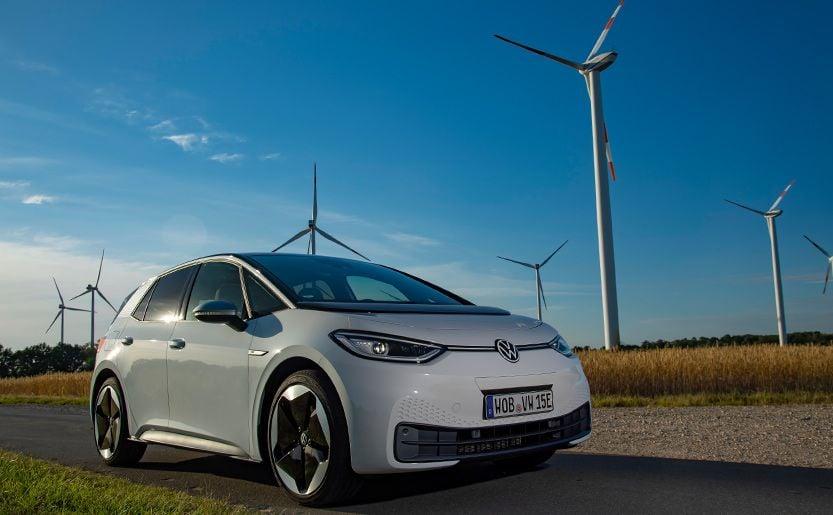
Blog
Key milestone: V2G as an essential element of electromobilityThe year 2023 marked a turning point: Bidirectional charging gained momentum in Germany. Our own projects demonstrated the successful functionality of this charging technology today. However, there is still a lack of legal frameworks enabling its practical application. These are essential for the vehicle-to-grid technology to take off. Recognizing the urgency of the issue, policymakers must now implement concrete measures and provide clear signals. The time to act is now. Let's look back at the progress made. One thing becomes clear: We are only just at the beginning of an exciting phase on the path to the upcoming energy transition.










%20Avinor_85ddacb1dc2e01f10c87f829e5c770b6.jpg&w=3840&q=75)

%20The%20Mobility%20House_5185cf49d78c76fc120afd411e9fcc2b.jpeg&w=3840&q=75)